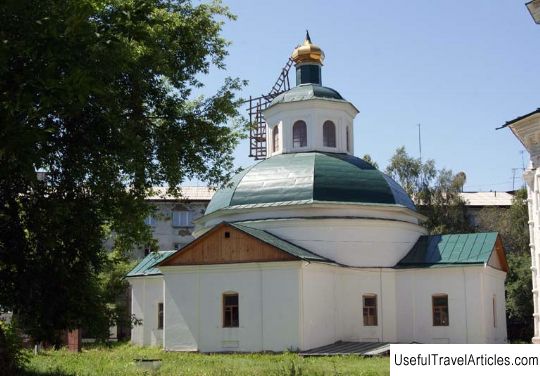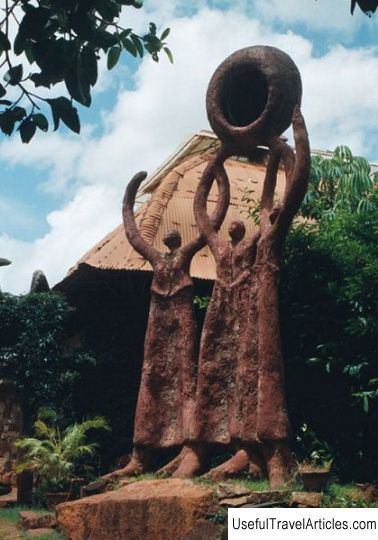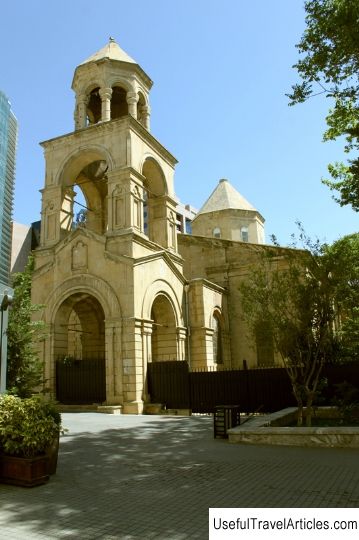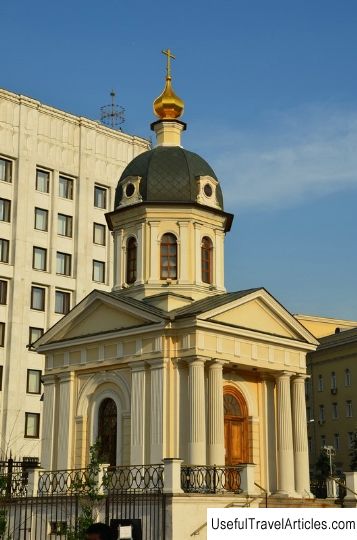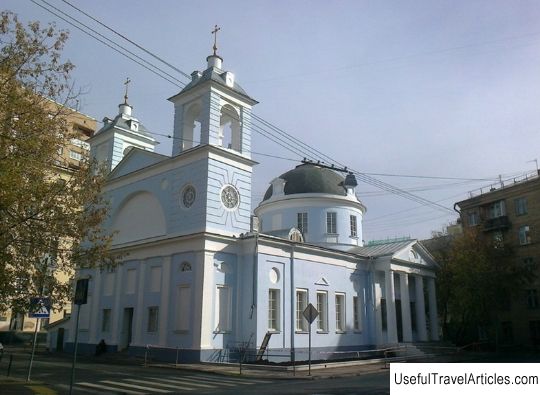Church of Gregory Neokesariyskiy in Derbitsy description and photos - Russia - Moscow: Moscow
Rating: 8,3/10 (411 votes) 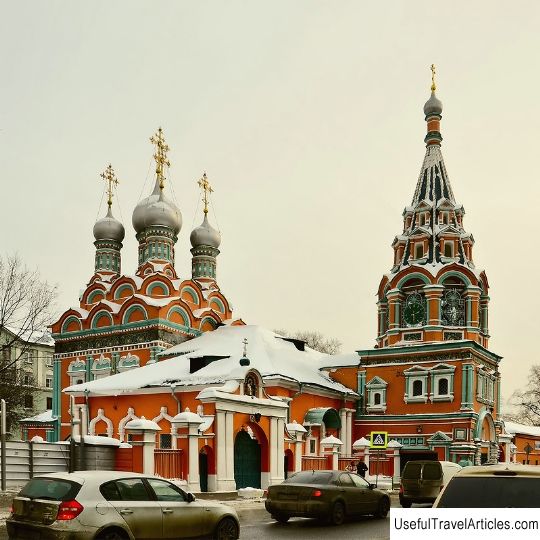
Church of Gregory Neokesariyskiy in Derbitsy description and photos - Russia - Moscow: Moscow. Detailed information about the attraction. Description, photos and a map showing the nearest significant objects. Photo and descriptionThe Church of Gregory of Neocaesarea was built in the 15th century. Prince Vasily II of Moscow was at that time in captivity by the Tatars and made a vow that if he returned to Moscow, he would build a temple. He was released by the Tatars on the day of memory of the Wonderworker Gregory of Neocaesarea. The temple was built in honor of this saint. Later, it apparently burned down. The stone church on this site was built during the reign of Tsar Alexei Mikhailovich in 1662-1679 at the expense of Andrei Savinov, the king's spiritual father. The church was built by architects Ivan, nicknamed Grasshopper and Karp, nicknamed Guba, famous masters of that time. The temple is a powerful slender structure with five chapters. It features a lovely peacock eye tiled frieze. The patterns are made by the best master Stepan Polubes. The temple side-altars were built later. South chapel of St. George the Theologian was built in 1767, and the tomb of Andrei Savinov ended up there. The northern side-altar of Our Lady of Bogolyubskaya was built in 1834. The hipped-roof bell tower, also decorated with tiles, has always been an important urban landmark of Zamoskvorechye. For the passage of pedestrians along Bolshaya Polyanka Street, an arch was made in the lower tier of the bell tower, since the temple stood for the `` red '' line of the street. To paint the walls inside the church in the 17th century, artists from Kostroma (G. Nikitin and others) and Pereslavl (P. Dunaev and others) were invited. Unfortunately, the frescoes they created have been lost. Icons for the iconostasis were painted by tsarist iconographers such as Simon Ushakov, G. Nikitin and a number of Yaroslavl masters.  We also recommend reading Monument to the crew of the tugboat ”Komsomolets” description and photo - Russia - North-West: Naryan-Mar Topic: Church of Gregory Neokesariyskiy in Derbitsy description and photos - Russia - Moscow: Moscow. |
